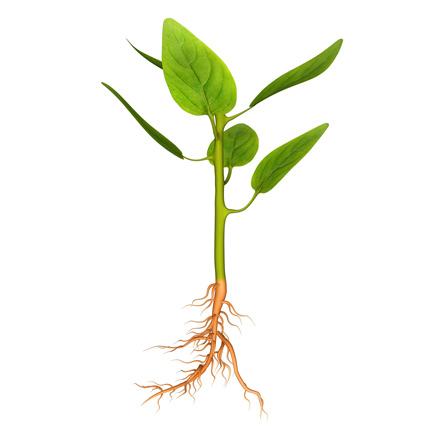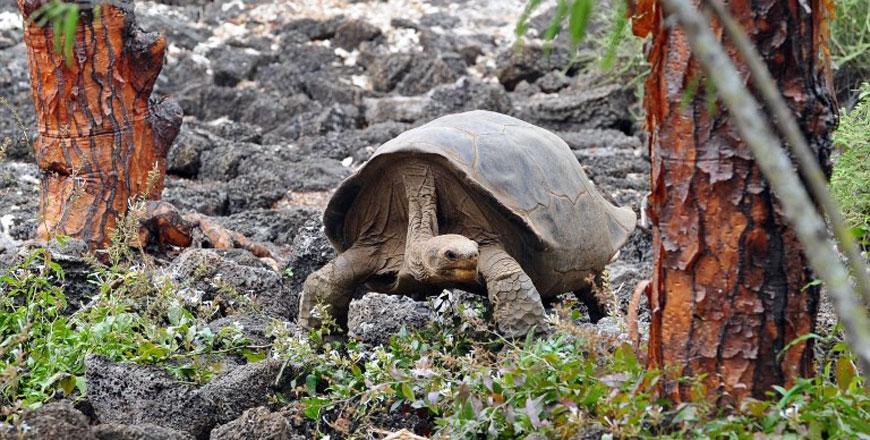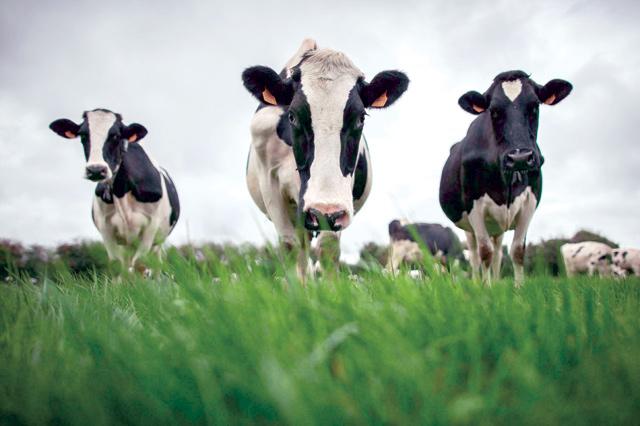You are here
Scientists get to the root of plant growth
By The San Diego Union-Tribune (TNS) - Oct 03,2019 - Last updated at Oct 03,2019

biologianet.uol.com.br
By Bradley J. Fikes
Salk Institute researchers say they’ve discovered a gene in plants that controls how deep their roots grow.
The discovery advances Salk’s new Harnessing Plants Initiative.
The finding also opens a new area of research in the complicated web of interactions that plants use to grow, Busch said. This could have practical agricultural implications, such as making crops more resistant to drought.
The study was published day in the journal Cell.
Roots naturally make suberin, which can last for decades under ground. Increasing suberin production would enable more carbon to be stored. The initiative’s goal is to modify a wide variety of plants, starting with farmed crops and potentially later in plants growing in low-value or non-arable regions.
For farmers, the benefit would be harder crops. For the environment, capturing carbon would sequester it so it doesn’t return into the air as carbon dioxide. Climate scientists say this could reduce global warming.
Making deeper roots is one of the three objectives in the Harnessing Plants Initiative, Busch said. The other two are making a greater proportion of suberin in the roots, and making more and more massive root systems.
“The main benefit that [deeper roots] would have in terms of carbon sequestration is that there will be more carbon deposited at an increased depth in the soil,” Busch said. “And the deeper you go in the soil, the less degradation occurs by microbial activity.
“So, in a sense, the deeper rooting alone might lead to to significant carbon sequestration in the sense that carbon present in the roots is not turned over that fast as in a shallow system.”
The concept of using plants as natural carbon sinks gained added attention last week, when the journal Science published a proposal to restore forests on a global scale
The authors of the Science article said they had calculated there’s room for an extra 900 million hectares of forest canopy. Reforesting this area, equal to the size of the United States, would reduce atmospheric carbon by 25 per cent, they said. Such an increase in forests would also provide more habitat for forest-dwelling life.
In the Salk study, scientists worked with the model plant Arabidopsis thaliana.
Busch’s team identified a gene called EXOCYST70A3 that regulates auxin, without interfering with other pathways. This meant that the gene’s effects could be studied in isolation from other factors.
They produced a mutant version of the gene causing Arabidopsis roots, which normally grow in a shallow pattern, to grow deeply. This represents a proof of principle, Busch said. Later research will seek to fine-tune root structure, so it can be adapted for specific plants and purposes.
Deeper roots might benefit crops in a climate of periodic rain and drought, Busch said. These roots could access enough water to last until the next rain.
Related Articles
FORT MCMURRAY, Canada — It burns, it drifts, it falls victim to insects.
PARIS — Up to 1 million species face extinction due to human influence, according to a draft UN report obtained by AFP that painstakingly ca
PARIS — Animal farming accounts for twice as many greenhouse gas emissions as plants grown for consumption, according to a study published o

















